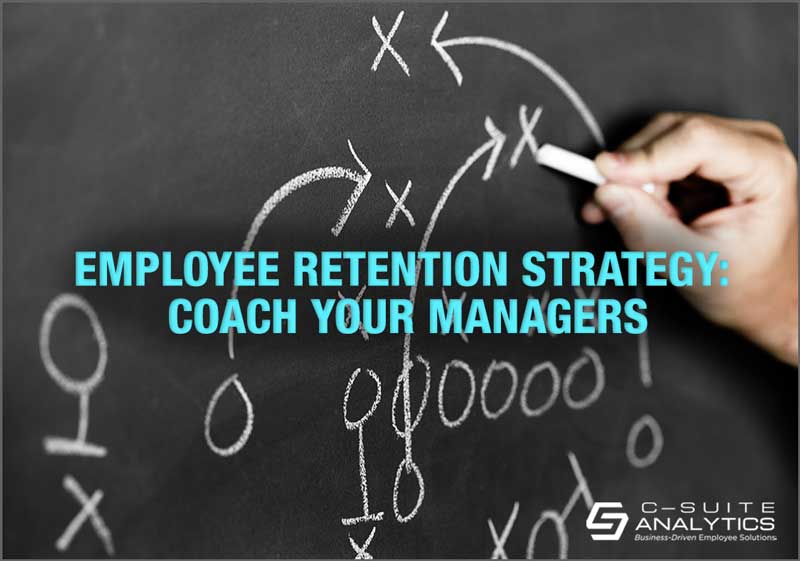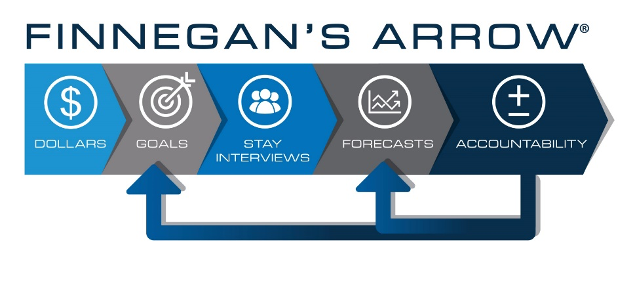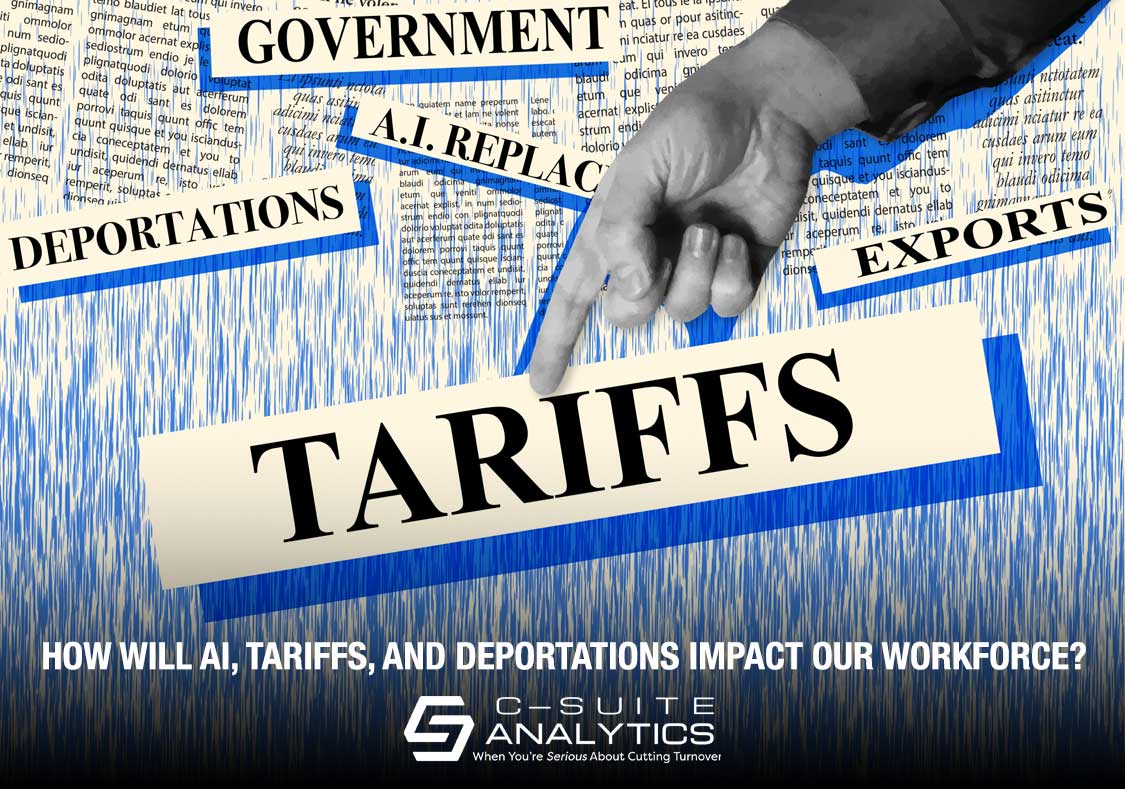AI, deportations, tariffs, and birthrate declines are reshaping America's workforce—blue- and white-collar alike. From baby boomer exits to AI disruptions, breaking down the workforce challenges no leader can afford to ignore.
Employee Retention Strategy: Coach Your Managers

“The number one reason employees stay or leave is how much they trust their direct supervisors.”
#1 Reason Employees Stay or Leave Hasn’t Changed
In 2015 I wrote a book called “HR’s Greatest Challenge” which included summaries of 25 separate studies that galvanized the statement above. While much has changed since including a pandemic and now The Great Resignation, no new studies have said anything different. First among them is the previously-noted MIT study that told us during The Great Resignation the #1 reason employees are quitting is “toxic corporate culture”. And Gallup years ago taught us that while most executives try to establish a pre-determined corporate culture, in reality each supervisor establishes her own, distinct culture by the ways she manages her team. So companies can literally have hundreds of cultures.
With this new knowledge comes a powerful twist, that your supervisors now become your best employee retention solution. They sit atop a list of other “solutions’ that matter far less like pay, benefits, and the rest. MIT in fact told us pay is the 16th reason employees are quitting during The Great Resignation.
Supervisors are Primary Reason for Retaining or Losing Employees
On one hand it’s quite easy to agree, to acknowledge that supervisors are the primary stay/leave switch for retaining or losing employees. The eye-opening exercise is to list all of the things you are doing to improve retention and then check which items on that list include improving your supervisors. Here are some of the things that won’t earn a checkmark:
- Pay including hiring or retention bonuses
- Any benefit
- Onboarding
- Service awards
- Development plans
That’s just five of the many “retention solutions” we think matter but hardly do. I’m not suggesting you stop doing them but just that you expect less from them. All are available from any competing employer, and none will stop your employees from leaving a jerk boss.
Who is Accountable for Employee Retention?
If you blocked off half a day and scribbled how to coach managers on employee retention, what would you write? Let’s start with who is accountable for retention?
Unless the answer is your managers, you might as well work on onboarding instead. Anyone who is reading this piece should immediately build the case that managers must be accountable for retention, and certainly not HR. Send this article to your top team or better yet take copies to the next c-suite meeting and talk it through.
True retention accountability requires more than telling leaders on all levels that they are accountable. Reports that detail performance against goals are essential, as are one-on-one discussions about why employees are leaving and what each manager can do to improve. And including retention as part of managers’ bonuses usually has little impact and can never replace actually developing a retention expectation.
By now you know that our company consistently cuts turnover by 20% and more. Our Finnegan’s Arrow® model details each major step:

For today let’s focus on goals, forecasts, and accountability. Our clients establish two retention goals for all leaders, one for all turnover and one for new-hire retention. That new hire goal comes in the form of a percent of new hires to be retained over a time period determined by recent new-hire turnover data…for example “retain 80% of new hires for 90 days”.
Forecasting Employee Retention
Forecasting is an essential management tool in that we ask leaders on all levels to forecast how long each employee will stay, done initially after their first Stay Interview. Leaders can change this forecast at any time. Our forecasting method is deliberately simplistic as green means the employee will stay a year or more, yellow 6-12 twelve months, and red zero to 6 months. Projected exits might be voluntary or not.
These then are the questions we recommend each supervisor’s manager ask during regular one-on-one meetings:
- What is your distribution of greens/yellows/reds?
- Tell me about the greens. Who are they and what signals are they sending they will be here in one year?
- Tell me about your reds and yellows. Who are they and why is it you think each of them will leave within a year?
- For whom did you develop a specific stay plan?
- Were you able to resolve any issues such that you were able to re-forecast anyone on your team to green?
- Based on your team’s inputs, what is the most important retention issue that is out of your control?
We find these questions solve two objectives in that (1) they remind the supervisors that they are accountable, and also (2) require supervisors to always be prepared to answer these questions. Note the inclusion of “stay plan” in #4, indicating that we expect supervisors to develop specific stay plans based on what they learn during each employee’s Stay Interview.
Here are the questions we suggest managers of supervisors ask when an employee leaves:
- As best you know, why is this employee leaving us?
- Were you aware of this employee’s potential to leave for this reason?
- How did you forecast this employee: green/yellow/red?
- What lessons can you learn from this employee’s leaving?
- What changes will you make to retain others?
Note we begin by asking the supervisor why the employee is leaving “as best you know”, never assuming an exit interview will provide a true reason.
These questions’ primary purpose is accountability because just telling supervisors they are accountable for retention will never be enough.
Employee Retention Is More Important Than Ever During The Great Resignation
Schedule a conversation with me at DFinnegan@C-SuiteAnalytics.com to discuss your employee retention roadblocks and I’ll share ideas for how you can move forward and what is working for other companies to cut turnover by 20% and more, even during The Great Resignation that may benefit you.



